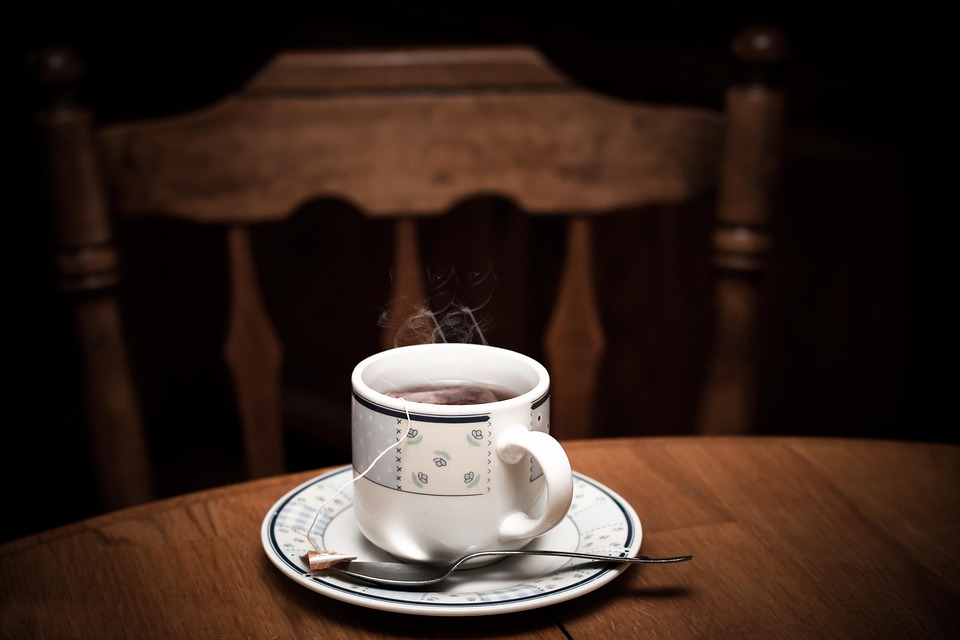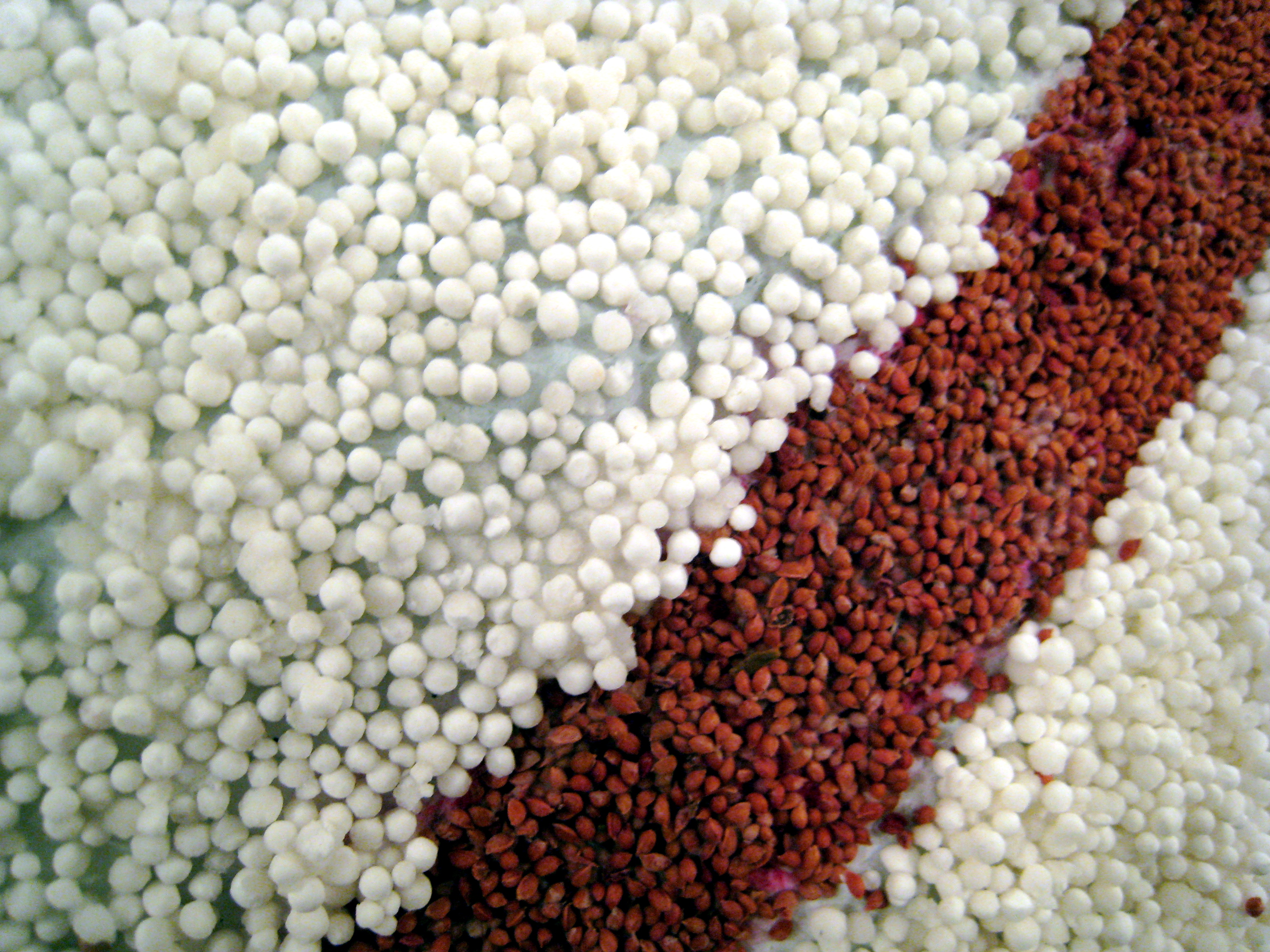Have you heard of Bubble Tea? It is a name given to a refreshing, cold, frothy, fruit-flavored drink made such as mango, lychee, strawberry, honeydew, and green apple with sweetened milk, fruit purees which can either be natural or sweetened or other flavorings, and usually with sweet, chewy black balls or “pearls” or “boba” made from tapioca balls.
The bubble tea was somewhat a doubtful drink only found in Taiwan. Now, you can find a bubble tea store on every corner in New York City. It has spread rapidly to other Asian countries, also in North America and Australia. Bubble tea chains are springing up left and right and the beloved drink is more available than ever.
The original bubble tea is basically brewed black tea or green tea mixed with milk, sugar, and chewy tapioca pearls, and usually served cold with ice.
Read: Regular Eating Of French Fries Increases Your Chance Of D***g Early, New Study Says
It is usually suck up through a big fat straw. Sorry to burst your bubble, but this tasty treat may pack more calories than you think, it is packed with sugar. One bubble tea can have as much as 50 grams of sugar and 500 calories.
Where did Bubble Tea originate?
You might be wondering how this drink came to life. Although there are tons of speculations about the origin of bubble tea, one story is generally accepted to be true.

Taiwanese tea-stands became progressive; as refreshments businesses grew, the demand for a refreshing drink while at work increased in the 1980’s. The tea stands can be found in every corner of the street. As a result, business owners started to make use of product marketing strategies. One businessman tried to separate himself from the competition; one concession owner at the Chun Shui Tang teahouse in Taichung started serving Chinese tea cold after getting the idea from iced Japanese coffee.
A few years later, while his product development manager, Ms. Lin Hsiu Hui, was trying to entertain herself at a boring staff meeting, she decided to dump her Taiwanese dessert called fen yuan, a sweetened tapioca pudding, into her Assam iced tea and drank it. It was so good that they decided to add it to the menu, where it soon became the franchise’s top-selling product. Soon after seeing the success of this drink at one teahouse, concessions all over Taiwan started adding tapioca pearls and different fruit flavors to their iced teas, and so began bubble tea, as we now know it.
So, is bubble tea good or bad?
Bubble tea has been getting bad feedback in the past. Although this is the case, it still remains a popular beverage almost everywhere. Its popularity in the recent years and up to this time reached its peak. Not to mention the long queues outside every bubble tea outlets, it emerges to be everybody’s much loved thirst quencher.
People like it because it’s kinda fun to drink and it’s not like they’re drinking soda, seems different. In addition, perhaps they’ll prefer tea since we all know that tea is actually good for the health like green tea, which has been proven over and over to aid weight loss.

This bubble tea looks harmless on the outside with only tea, milk, and tapioca pearls. People like it its chewy, candy-like texture. Furthermore, it is known by its Chinese name, boba. These are as bad as the actual candy. So how do they make it? They boil it then they saturate it in sugar; these fun little balls can each add five to 14 calories to your drink. This means that just 1/4 cup of them can add over 100 extra calories to your already calorically-densed drink. Since these little balls of starch is all sugar, which means the calories quickly add up, some reaching as high as 440 calories for a 16-ounce tea, depending on what’s served.
Therefore, those pearls are the ones you really need to worry about. It’s the main culprit because they’re full of sugar and carbs.
Not only do boba add extra calories, they don’t actually contribute anything in the way of nutrition. Basically, they are all carbs; and although they have the word “tea” in them, it’s not in any way nutritious.
German researchers from the University Hospital Aachen also claim that bubble tea may contain c****r-causing chemicals. These chemicals known as polychlorinated biphenyls or PCBs, are oily substances. Usually, they are liquids or solids, clear to yellow in color and with no particular smell or taste. They found traces of the carcinogenic chemical in tapioca ball samples. In addition, substances like styrene, acetophenone and brominatad, which are present in tapioca balls, shouldn’t be in food at all.
Read: False McDonald’s Facts You Always Thought Were True
Therefore, it’s important to control drinking bubble tea especially those who are already addicted to it. While one bubble tea here and there is unlikely to have severe effects on your health, people should not a***e and consume it on a daily basis.
And aside from that there are also ways where you can make your bubble tea a healthier drink.
So to conclude, here are tips on how you can still have your favorite drink in a healthier way:
- Request for less to no sugar including syrup with less flavor and sweetened fruit purees;
- Or, you can request for fresh milk, preferably those low-fat or skimmed. This will serve as an alternative content for non-dairy creamers;
- Lastly, it’s a must to request for the plain bubble tea. With plain I mean without the chewy tapioca pearls or milk to reduce high calories.
So, I’ll leave it all to you. I have nothing against milktea and bubble tea lovers; I myself am a fan but to be sure, don’t over consume. Just have it moderated.


